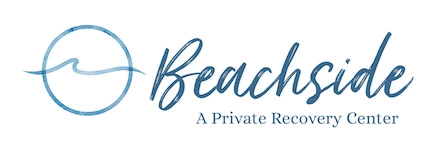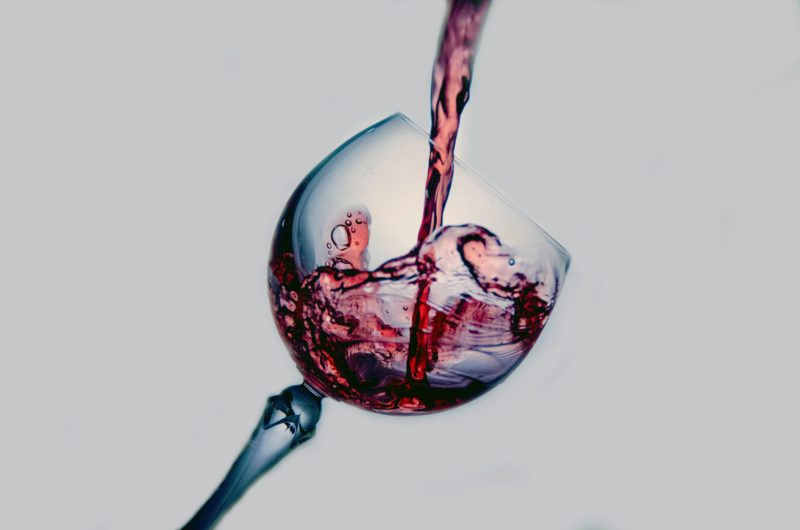Days of unemployment and added stress – or even remote work where “happy hour” could start virtually anytime and was as close as your kitchen — led many people to start drinking more regularly during the pandemic. You may have been facing the pressure of homeschooling, financial concerns, and even worries about shortages of common household items, all against the backdrop of the pervasive, perceived immediate threat of a potentially deadly illness.
With all of that stress, it’s no surprise that many people who previously didn’t drink very often started their evening with a glass of wine. Past studies have shown that alcohol use also increased following the September 11 terrorist attacks and Hurricanes Katrina and Rita, reports the Harvard Health Blog.
Drinking Early and Often During the Pandemic
Drinking started early during the pandemic. A RAND Corporation study found that in-store alcohol sales increased by 54% nationally for the week ending March 21, 2020, shortly after lockdown orders began. The same study showed that online sales went up by 262% from the same weekend in 2019.
Due to the duration of the pandemic, many of these patterns continued nationwide. One glass of wine in the evening may have easily turned into two or three, or even a consistent pattern of day drinking.
Pandemic Drinking More Prevalent in Women
The RAND study also showed that women’s drinking increased disproportionately to men’s during the pandemic. Likewise, reports show the psychological stress related to COVID-19 weighed more heavily on women than men. The RAND Corporation study showed that women’s “heavy drinking days” (defined by more than one alcoholic beverage per day) increased by 41% during the pandemic.
But does increased drinking during unprecedented times indicate an alcohol use disorder? How can you tell when it’s becoming a problem? And what can you do to taper off if you’ve become uncomfortable with your alcohol consumption patterns?
Do You Suffer from Alcohol Use Disorder?
Alcohol use disorder (AUD) presents when you have trouble controlling or limiting your drinking and it begins causing problems. AUD spans a spectrum that includes alcoholism. Signs that your drinking has become more than just a pandemic hobby may include:
- Not being able to limit alcohol consumption
- Strong cravings for alcohol
- Failure to complete work or home responsibilities due to alcohol use
- Developing a high tolerance for alcohol, so you need to drink more to feel the effects
- Withdrawal symptoms when you don’t drink
Alcohol use disorder may also involve binge drinking, which equates to four or more drinks in two hours for women, or blacking out or failing to remember events that occurred when you were drunk.
Often, you may not recognize your problems until friends or loved ones point them out. Other times, you might think your drinking has become a problem but because you continue to hold down your job and function in your daily life, you don’t believe it’s AUD. However, if you want to stop drinking and you find you can’t, you may benefit from a recovery program.
Reducing Alcohol Intake on Your Own
Even if you aren’t exhibiting signs of AUD and your drinking hasn’t caused problems, you may still want to cut those nightly drinks down to one or two per week for your long-term health and to avoid future issues.
You may be able to cut your alcohol intake by learning how to manage pandemic stress in other ways. Instead of trying to escape from daily life with alcohol, find hobbies you might enjoy to fill your time. Use meditation as a means to relax after a hard day at work. And embrace a good workout during the day to help you sleep better at night.
If you are drinking because you are stressed out, start asking for help around the house. Now that businesses have re-opened, you may be able to reduce your household load by eating out, hiring a cleaning service once a week, or hiring a babysitter for the kids to escape for a relaxing night out.
It’s also advisable to replace alcohol consumption habits with healthier ones. If it’s the taste of drinks you crave, you can indulge in “mocktails,” or your favorite drinks minus the alcohol.
Finding Help in Recovery
The tips above are likely only to help if you haven’t descended into alcohol addiction. If you’ve taken these steps and still crave alcohol or find one drink turning into one too many, it could be time to seek treatment.
Beachside Rehab in West Palm Beach, Florida, provides multiple inpatient and outpatient programs for detox, rehab, and holistic recovery. Call 866-349-1770 to speak with a trained admissions counselor.

